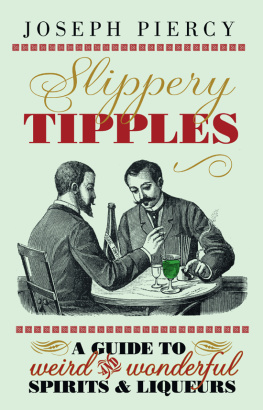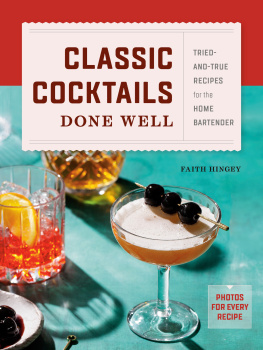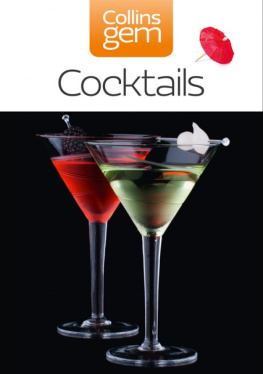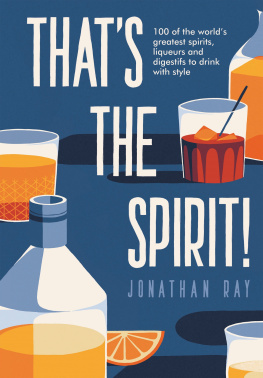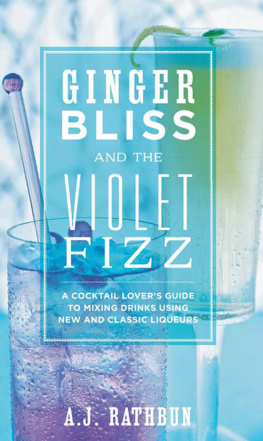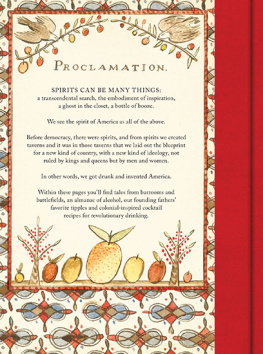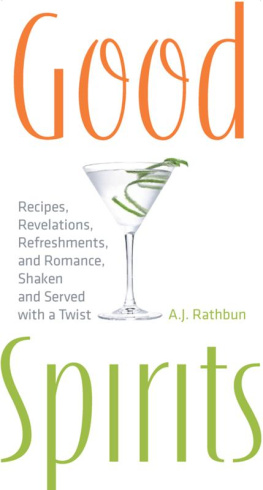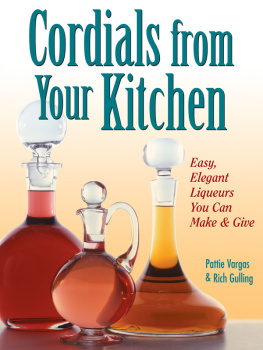
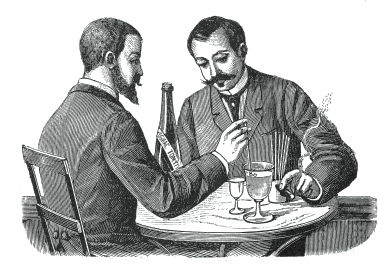
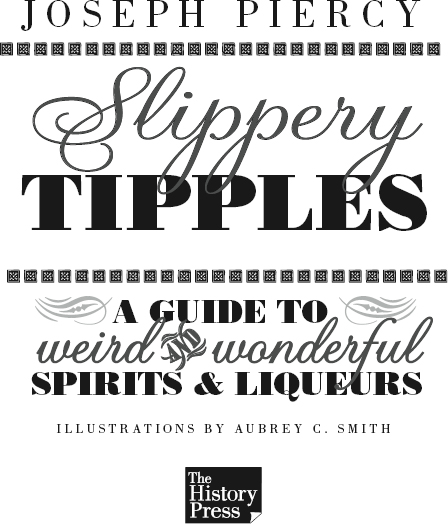
For Joanna and Polly
First published 2010
The History Press
The Mill, Brimscombe Port
Stroud, Gloucestershire, GL 5 2 QG
www.thehistorypress.co.uk
This ebook edition first published in 2013
All rights reserved
Joseph Piercy, 2010, 2013
Illustrations on pp. 31, 46, 50, 90, 101, 170 Aubrey C. Smith
The right of Joseph Piercy to be identified as the Author of this work has been asserted in accordance with the Copyright, Designs and Patents Act 1988.
This ebook is copyright material and must not be copied, reproduced, transferred, distributed, leased, licensed or publicly performed or used in any way except as specifically permitted in writing by the publishers, as allowed under the terms and conditions under which it was purchased or as strictly permitted by applicable copyright law. Any unauthorised distribution or use of this text may be a direct infringement of the authors and publishers rights, and those responsible may be liable in law accordingly.
EPUB ISBN 978 0 7524 9685 6
Original typesetting by The History Press
CONTENTS
FOREWORD
Slippery Tipples first started to ferment some years ago in a restaurant in Barcelona. The Catalan capital has a burgeoning reputation as a place of culinary excellence and innovation. New restaurants and designer tapas bars spring up every month and keeping abreast with the latest food fashions is an exhausting, expensive and near-impossible pursuit. The queue to get a seat at the citys hottest table fluctuates on a daily basis and it is easy to be seduced by the hype only to be disappointed by the substance.
As a result of this, one of my favourite places to eat in Barcelona is an unpretentious family-run restaurant in the Born area of the city called Passadis del Pep. A discouraging doorway next to a cash point machine leads into a gloomy corridor with a narrow staircase at the end. The staircase leads down to a large, brightly-lit dining hall, tastefully decorated with abstract paintings adorning the pale walls. However, the feature that caught my eye the first time I dined there was not the decor, pleasant and welcoming though it was, but a large stone inlet lining the back of the room. There, gleaming in the ambient light, was an extraordinary display of hundreds of liqueur and spirit bottles in a myriad of shapes and colours. Assuming it to be the owners private collection put there for decorative purposes, I sat down and was treated to a parade of courses of excellent locally-caught seafood.
But the reason for this treasure trove of bottles became apparent at the end of the meal. The waiter served coffee and then marched to the back of the room, quickly surveyed the collection and plucked out half a dozen bottles which he brought to the table with shot glasses and invited me to try at my leisure. The contrast between the different drinks was marked and inspiring: sweet fruit liqueurs, herbal digestives and fortified wines, all from different parts of the globe. It transpired that this was a tradition at Passadis del Pep and one which was repeated on every subsequent visit, although I have never been offered the same bottle twice.
It was the experience of dining at Passadis del Pep that first fired my interest in unusual drinks, and on future trips abroad I made it a habit to seek out and sample the local hooch. City breaks to Budapest and Prague yielded the two heavyweights of Eastern Europe, Unicum and Becherovka. My honeymoon on the Amalfi coast in Italy naturally included a visit to a local limoncello factory. A stag weekend in Amsterdam was not spent trawling round the red light district and coffee shops, as might be expected on such unseemly occasions, but on a pilgrimage to the Lucas Bols Genever Museum. Friends and family assisted on my quest and would endeavour to bring back samples from their travels: fearsome Feni from India, sickly sweet Sabra from Israel and a bright blue bottle of Hip Hop Hpnotiq from New York. A chance conversation in the pub led Paul James to raid his fathers drinks cabinet for some prizes. The former mayor of Harlow Town, Alex James had been amassing an exquisite and alarming collection of Slippery Tipples. I was duly furnished with some samples of beautifully aged Kruskovac and something mysterious which was, frankly, barely fit for human consumption.
What had started as a hobby, a distraction when travelling or on holiday, was rapidly becoming an obsession. Gradually my interest shifted from a desire to simply taste these weird and wonderful drinks towards exploring and understanding their historical origins and the cultures that they derived from. It was at this point that Slippery Tipples began to take shape. Although there were plenty of brightly illustrated guides to spirits and liqueurs available, few seem to explore the historical context and development of the drinks they featured in any depth.
In the course of researching and compiling this guide I developed a theory about the history of modern civilisation. I discovered fascinating areas of history that I had hitherto been entirely ignorant of and realised that in a strange way, I was able to place certain drinks on a timeline against key moments in history. From the golden age of the Tang Dynasty in ancient China and the tragic tale of the concubine Yang Yuhuan, to the Hispanic colonisation of South America, on through the era of the Renaissance to the Ottoman Empire, the spice trade and Industrial Revolution and up to the Second World War; all these key moments in history have a drink attached to them. It may seem trivial to view history through the prism of peculiar alcoholic drinks but at the very least it is a captivating coincidence.
So what, in essence, is a Slippery Tipple and what attributes provide the criteria for inclusion in this guide? Overall there is bias towards fruit- and herb-based liqueurs over spirits (although grain alcohol provides a base for many of the drinks). Many traditional artisanal liqueurs derive from pastoral peasant culture and used ingredients that were easy to forage for and readily to hand. Another key element in what is largely a miscellaneous approach was to select entries that had an interesting historical or cultural background. Lastly, there was some consideration given to how the different entries fared when mixed with other drinks in cocktails or used in food recipes.
One key factor of a Slippery Tipple is that it often tastes much better in situ. Either by dint of getting a little carried away on holiday or falling foul of the charms of local tradesmen skilled at selling to gullible tourists, somehow that delicious local hooch you sampled from the barman you befriended that summer is never quite the same when it is rolled out at a drinks party the following Christmas. The cocktail recipes and culinary suggestions are in the hope that if your ardour for the nectar you have brought back from your travels has waned, it doesnt necessarily have to gather dust in the drinks cabinet or be consigned to the sink.
Slippery Tipples, then, is designed to have two purposes: firstly, to provide both the casual imbiber and liqueur and spirits enthusiast with background knowledge of the ingredients, production techniques and history of some of the worlds most unusual drinks; secondly, to offer a subjective account of what to expect from certain drinks from around the world through some light-hearted tasting notes, serving suggestions and general observations of what they may be good for other than getting very drunk.
Next page
